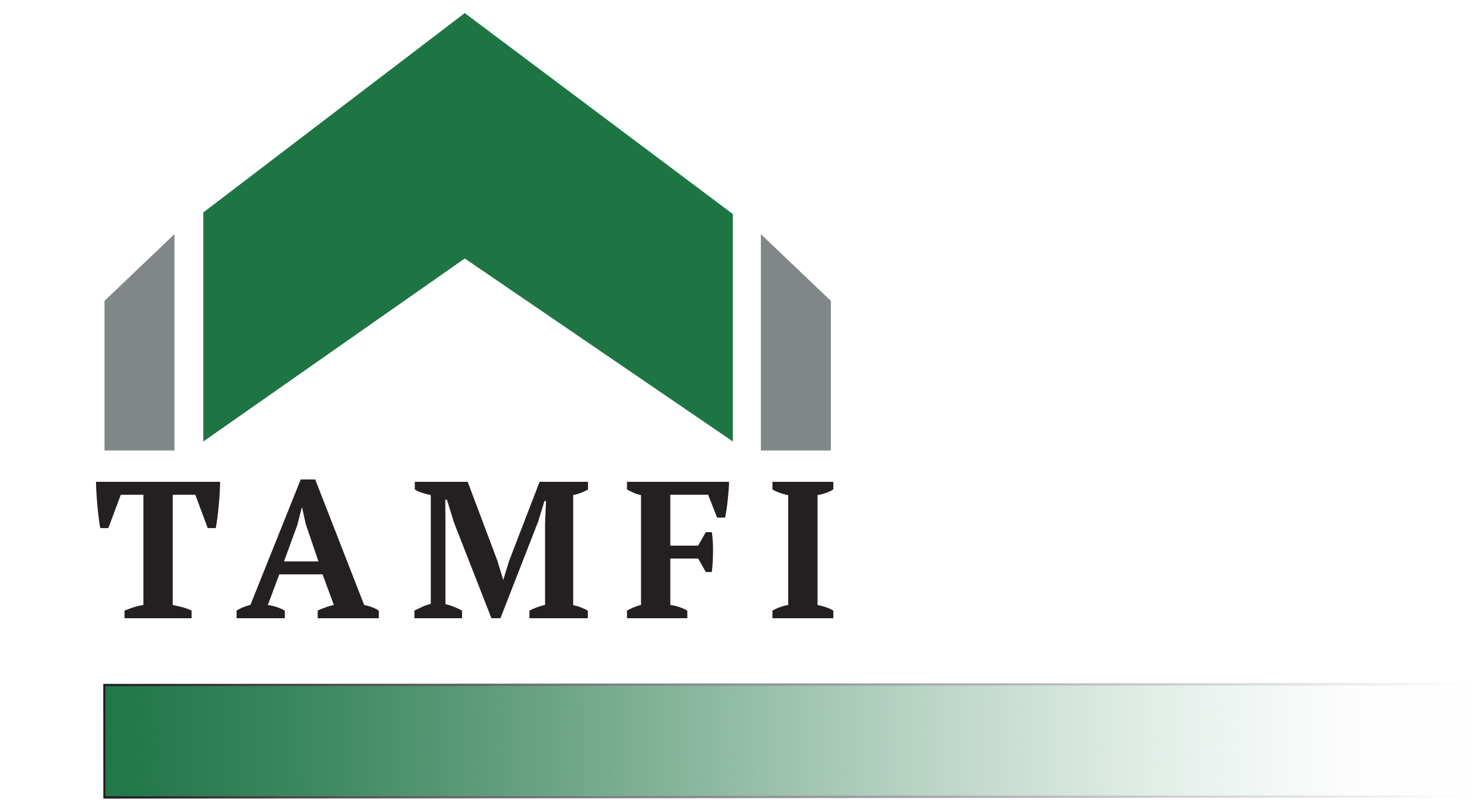In this edition, we will be diving into the FINSCOPE 2023 report which was launched on the 10th of July 2023 in the commercial capital, Dar es Salaam by Dr. Natu Mwamba, Permanent Secretary of the Ministry of Finance and Mr. Emmanuel Tutuba, the Governor of the Bank of Tanzania and Chairperson of the National Council for Financial Inclusion.
What is impressive about the study findings is that formal financial inclusion has grown from 65% in 2017 to 76% in 2023, mainly attributed to the use of mobile money and digital financial services. Microfinance services have significantly risen to 8% in 2023 from 7% recorded in 2017.
Demographically, the 2023 study showed a notable increment in younger youth where nearly a third or 31% of the surveyed population was under the age of 25. In 2023, over 3 in 10 adult Tanzanians ended their formal post primary school education, slightly higher than in 2017, a little over 2 out of 10 were likely to have at least a secondary school education. The percentage of adult Tanzanians who have not attained any formal education has gone down from 15% in 2017, to 13% in 2023. This translates into Government efforts on universal primary education.
Although levels are rising, literacy and numeracy gaps especially in multiplication and division remain. Noticeably, there has been a shift in primary income source away from farming and fisheries towards casual labor and dependency. In 2017, farming and fisheries was occupied by 11.4 million (41%) but in 2023 it dropped to 9.6 million (28%). Casual labour or piece work increased from 5.6 million (20%) in 2017 to 8.9 million (26%) in 2023. In addition, dependency increased from 5 million in 2017 to 7.9 million in 2023.
Land ownership still an issue
Land ownership remains a key addressability factor because only 15 people in 100 (15% of the population) have proof of land ownership and women are most likely to be affected due to socio-cultural factors. Women are most unlikely to own land, hence fail to have a formal collateral.
The study also shows that more than a third or 36% of adult Tanzanians have borrowed in the past 12 months to smooth out cash flows whilst only 6% borrowed for asset building. Likewise, they do not save to invest, they save to meet their normal living expenses including medical, emergencies, education, funeral and others. Friends and family have remained to be the main source of credit as two in three (67%) borrowers have sourced their credit from family and friends in 2023. This has been the trend since 2017, (69%) accessed credit from family and friends most probably due to quick access and interest free loans.
MFI penetration is mostly in urban areas with Dar es Salaam having the highest coverage, henceforth there are more clients in urban (65%) compared to rural (35%).
The report shows more Tanzanians live in rural areas (61%) while most MFI customers are found in urban settings, thus leaving a large rural market untapped, depriving the population living in remote areas from accessing competitive microfinance services.
‘Loans are everything.’
The Finscope study 2023, further revealed that, the key driver of borrowers going to a Microfinance Institutions is to access a loan. Additionally, 68% of MFI clients have used microfinance services for more than a year which is a sign of loyalty. On the same note, having access to loans is a key value proposition of MFI clients (59%).
Despite that clients prefer loans from microfinance institutions, charges and interest rates remain to be a key concern among them and more than a third (37%) of people who do not borrow from MFIs claim that they do not need a loan or have insufficient or have no income generated to justify getting a loan. Three in 10 people (30%) do not know the existence of MFIs and 8% do not trust these microfinance institutions.
Since the 2023, Finscope study portrays a marginal growth of the MFI sector, which is mainly related to collaboration with mobile money providers and the provision of digital credits, there is a strong need for MFIs to integrate not only with other financial service providers in order to survive and scale up, but integration should also be among MFIs themselves.
What next?
In maximizing the impact of the microfinance institutions, we would like to recommend the following: –
First, MFIs integration with the Insurance subsector is very important right now since microinsurance is an integral part of credit. The link between insurance and a loan can improve efficiency. We expect insurance will be able to offer products and services that meet the low-income enterprises with affordable premiums.
Second, MFIs can be able to access capital markets. Hopefully this access will enable MFIs to diversify funding sources, reduce foreign exchange risk (via sources of local, rather than foreign, capital), and support growth and loan product diversification (ex: housing loans) through longer-term funding. In addition, capital market access increases public awareness of microfinance and MFIs, and results in capacity building of the institutions as they adapt to satisfy the demands of the capital markets for greater transparency.
Lastly, when the banking sector is set up properly, partnerships between banks and MFIs have the potential to develop and enhance the financial inclusion agenda and further support sustainable development.

